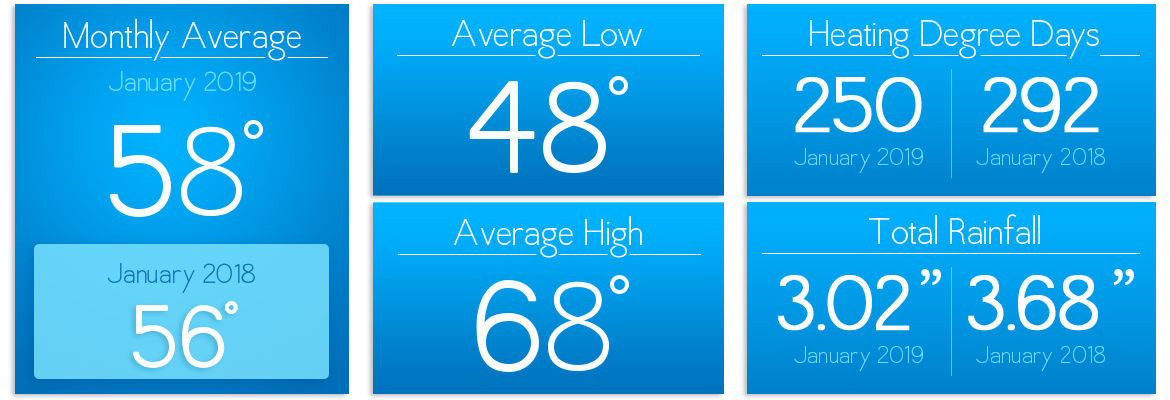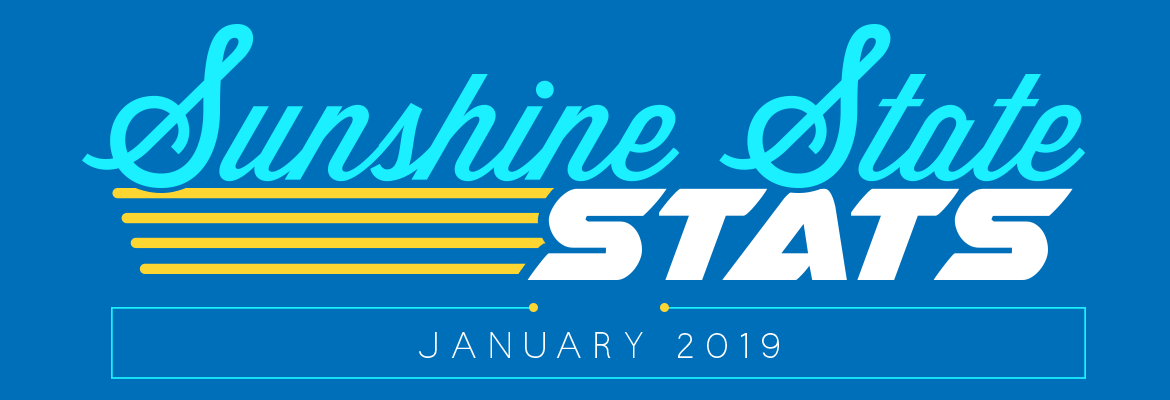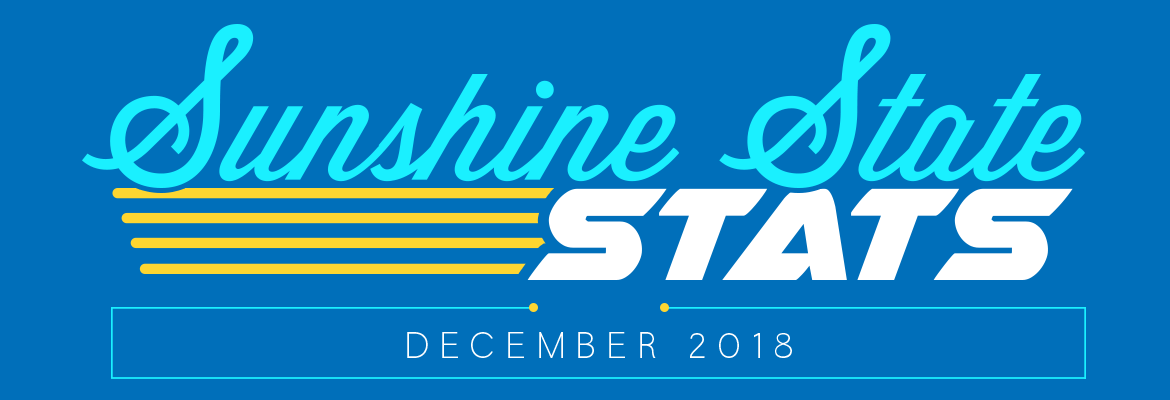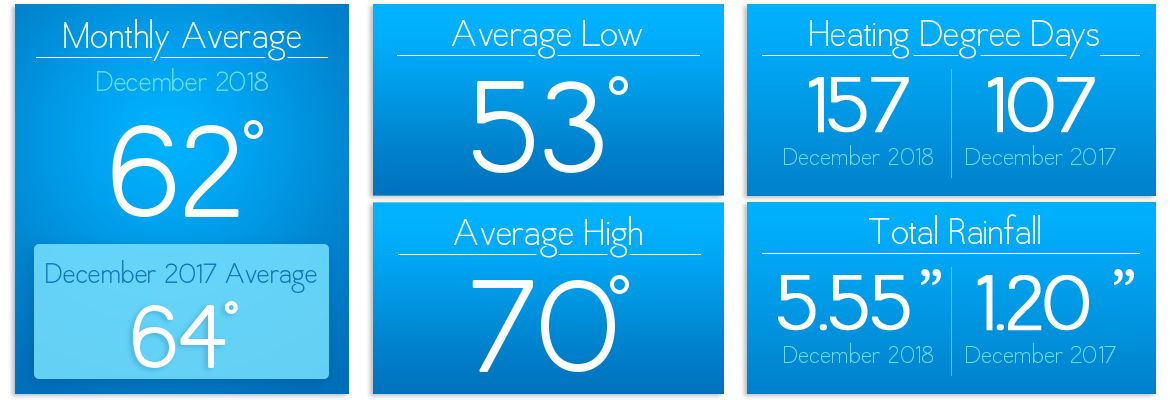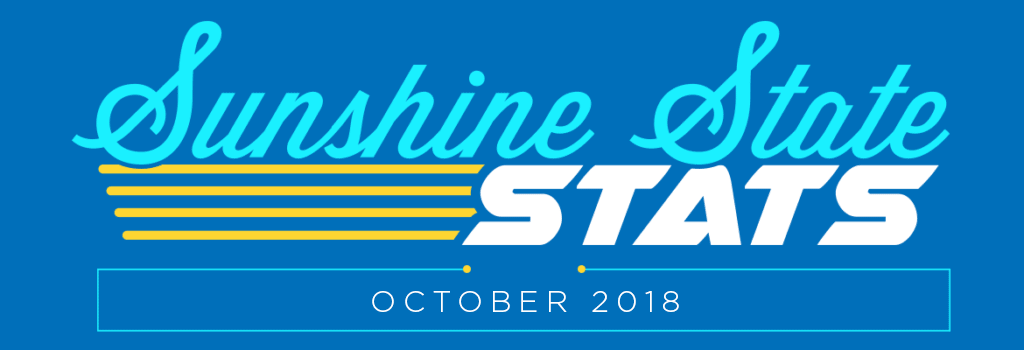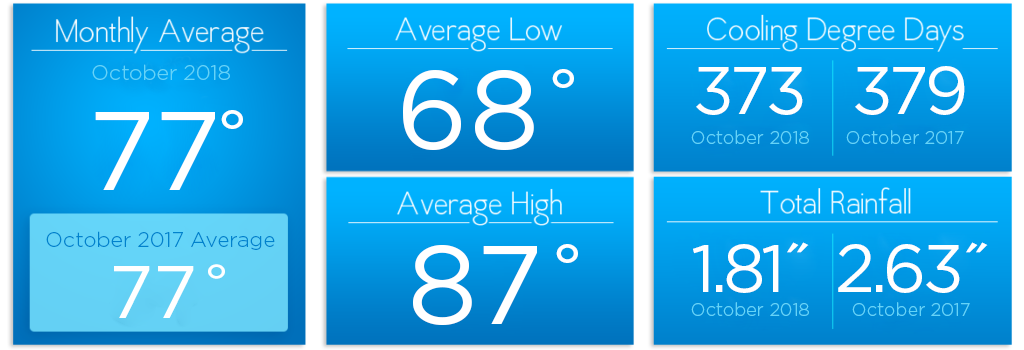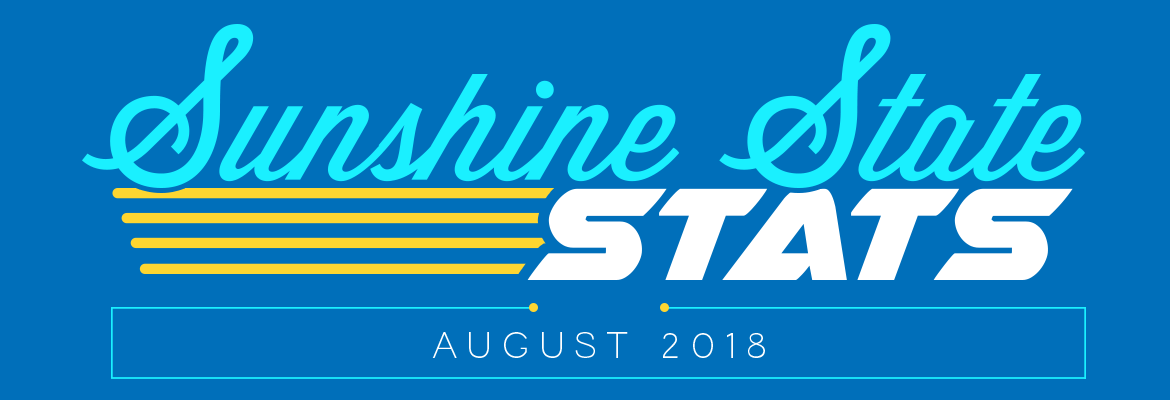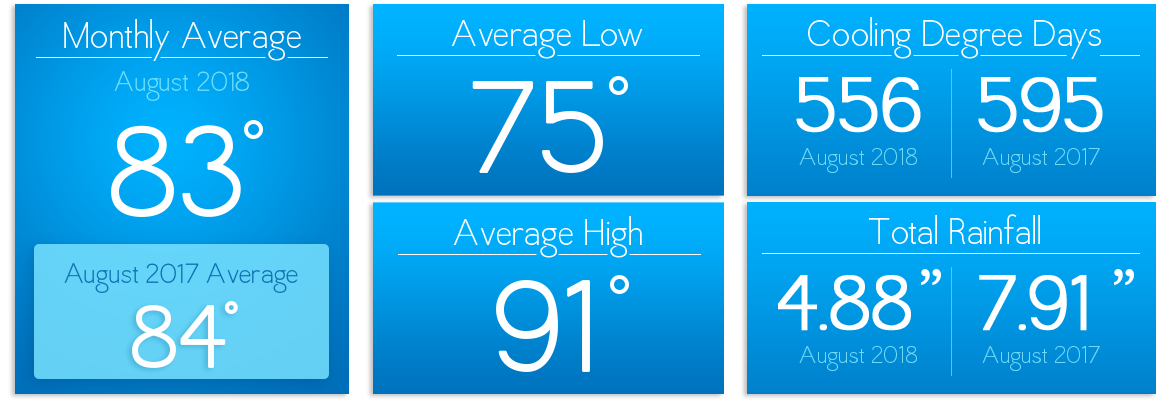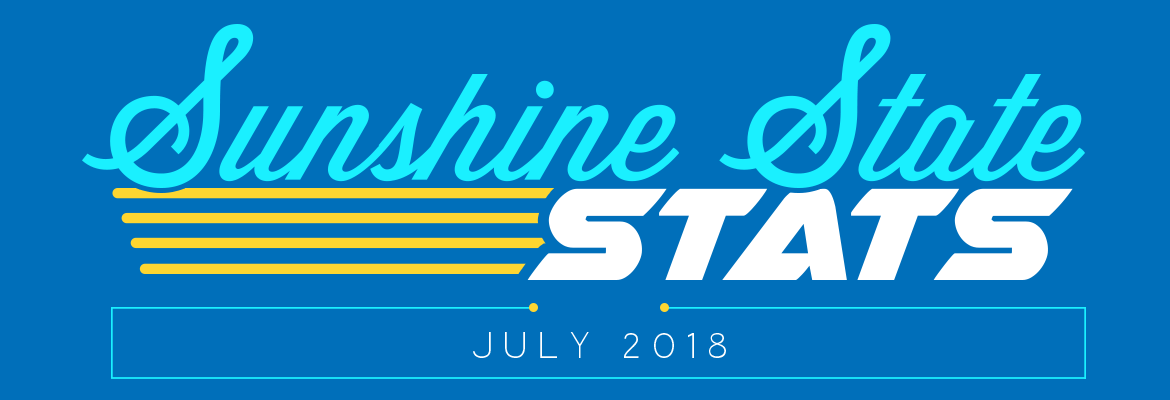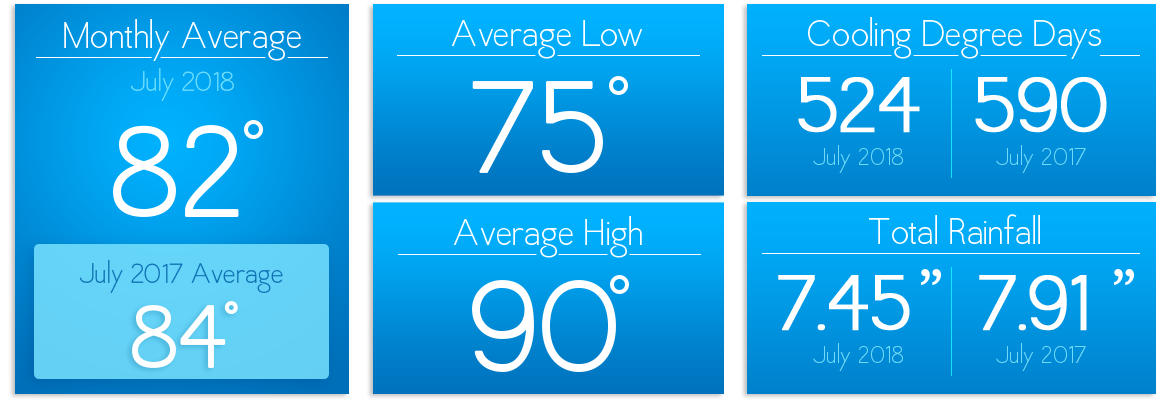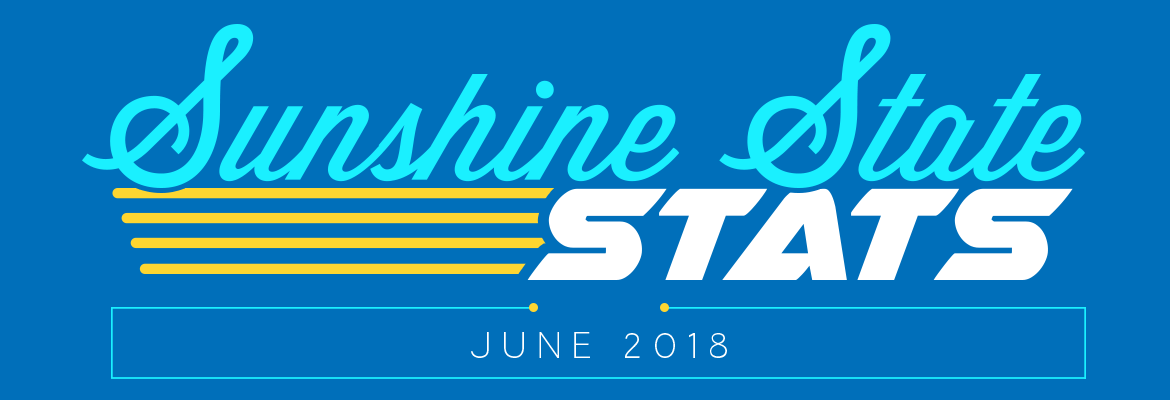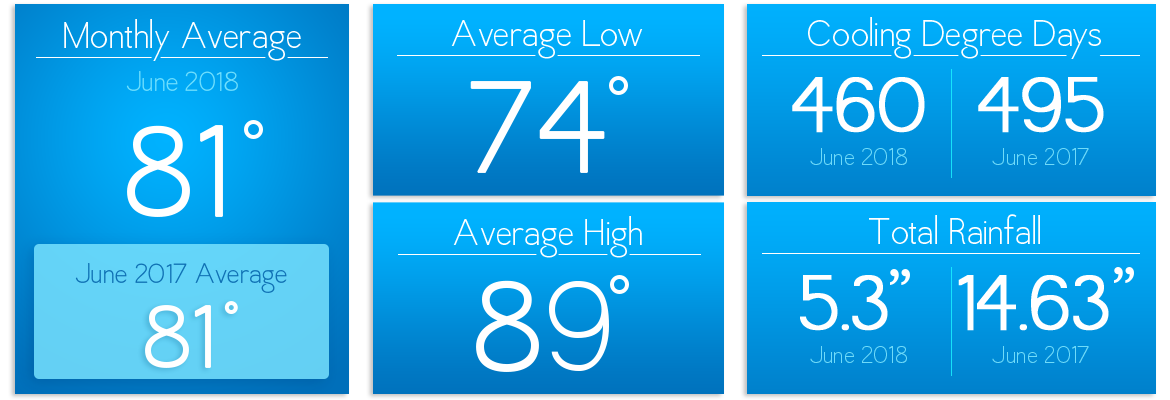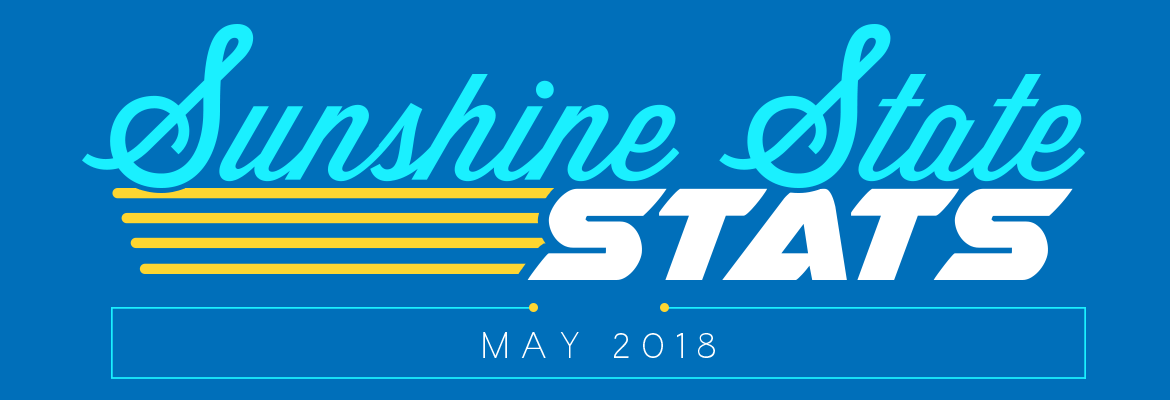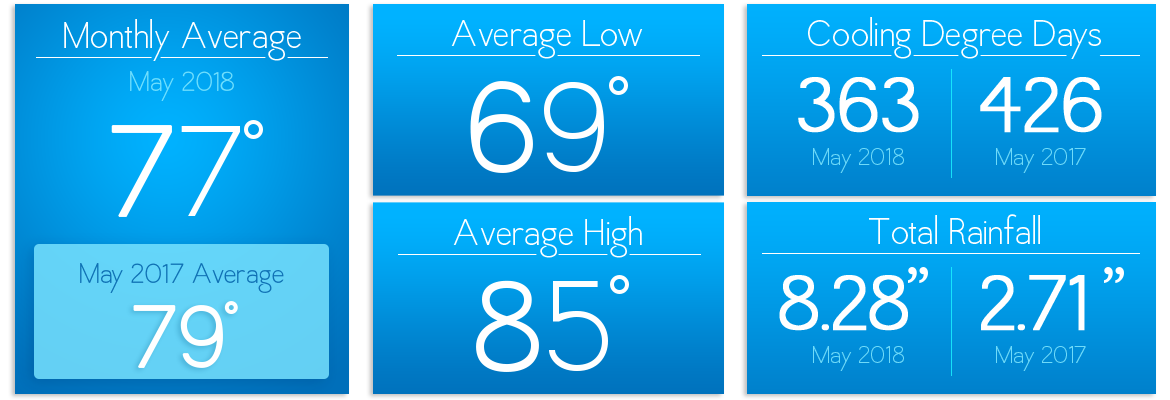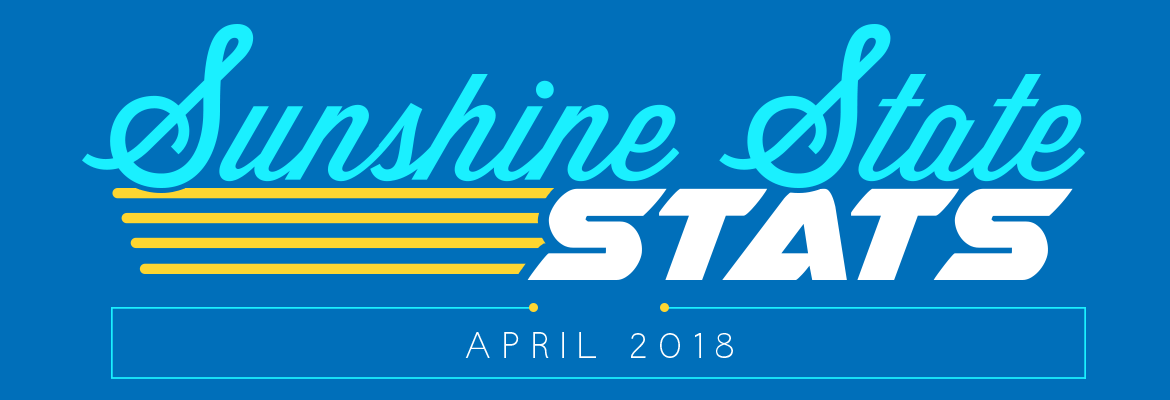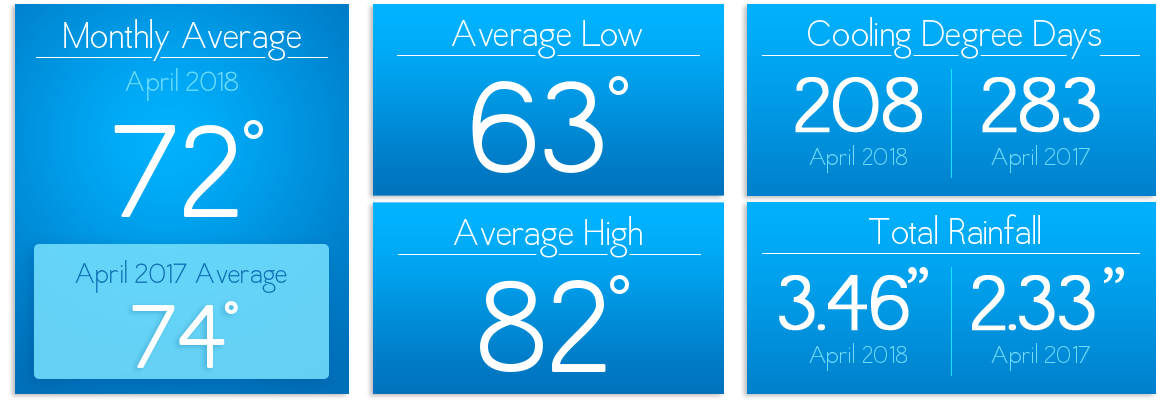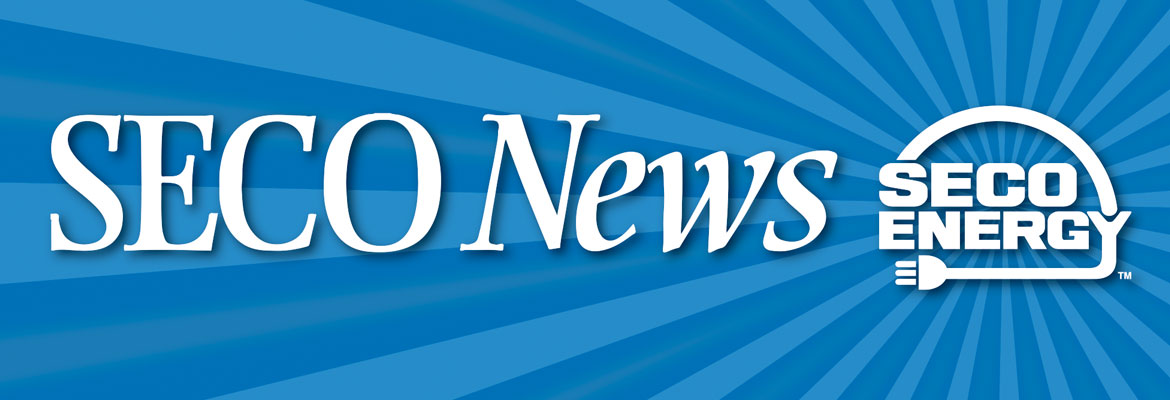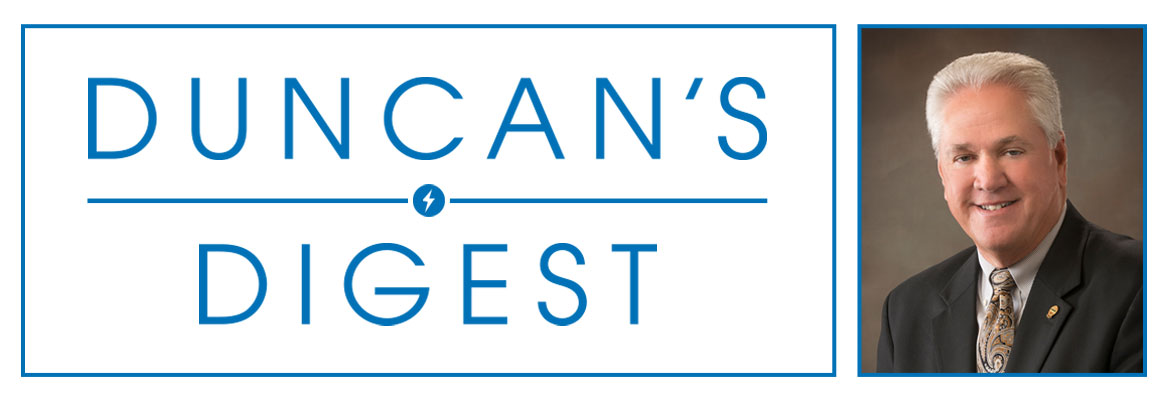
Do you want to engage with SECO? I can think of at least ten ways for you to connect with us.
You can:
- Call
- Email
- Tweet
- Fill out a web form
- Upload Instagram photos
- Watch our YouTube channel
- Send a Facebook private message
- Comment on the Newsroom blog
- Check-in or comment on Facebook
- Visit us in person at one of our five locations
Now that you know how to engage with SECO Energy, let’s count the reasons why. You can:
- Request a free home energy audit
- Enroll in SECO’s Surge Protection Program
- Order deeply discounted HVAC filters with free delivery
- Visit with a member services representative about your bill
- Make a payment at a kiosk or in person with a representative
- Ask questions about your home’s conduciveness to rooftop solar
- Enter trivia contests on Facebook and win a $300 electric bill credit
- Establish an online account through SmartHub to view past billing
- Watch this year’s Annual Meeting video and learn about company news
- Find the estimated time of restoration for an outage affecting your area
In this day and age, we know we can’t just push information to you and meet today’s expectations. The communication must allow two-way dialogue, and we do our best to be responsive 24/7 and 365 days a year (366 this year since it’s leap year). I hope you’ll engage with us soon. We are always privileged to hear from our members.

Community Support
SECO Energy’s 2016 scholarship awardees are truly the best of the best! As a not-for-profit electric cooperative, SECO supports the communities we serve. In the 20 years since we began the scholarship program, we have enabled 257 young people to begin their dreams of a college education. Here at SECO, we are proud of our scholars and would like to introduce them to our members.
The twelve scholars this year were each awarded a $3,000 scholarship for the university, accredited college or vocational/technical school of their choice. Since the program’s inception in 1996, we have pledged over $500,000 in scholarships to young people in our service area.
Congratulations, 2016 scholarship awardees!
- Merari Saldana, West Port High School – Majoring in Psychology at the University of Florida.
- Megan Elliott, Tavares High School – Majoring in Mechanical Engineering at University of Central Florida.
- Citlali Barragan-Hernandez, Belleview High School – Majoring in Biology at the University of Florida.
- James Cato, Lake Weir High School – Majoring in Business Management at Warner University.
- Cayley Buckner,West Port High School – Double majoring in Ecology and Creative Writing at Warren Wilson College.
- Melissa Moreno, West Port High School – Plans to obtain a doctorate in Optometry from the University of Florida.
- Shelby Smith, South Sumter High School – Majoring in Biology at Abraham Baldwin Agriculture College in Georgia.
- Ana Mata, Belleview High School – Majoring in Business Administration/General Studies at the University of Florida.
- Elijah Hughes, South Sumter High School – Majoring in Chemistry at Santa Fe College and is the first member of his family to go to college.
- Karla Carvajal, Wildwood Middle-High School – Majoring in medicine/pre-med at College of Central Florida and is the first member of her family to go to college.
- Raul Bayas, Vanguard High School – Majoring in Computer Engineering at Santa Fe College.
- Richanda Pierre, West Port High School – Attending Florida Atlantic University with plans to work in physical therapy.
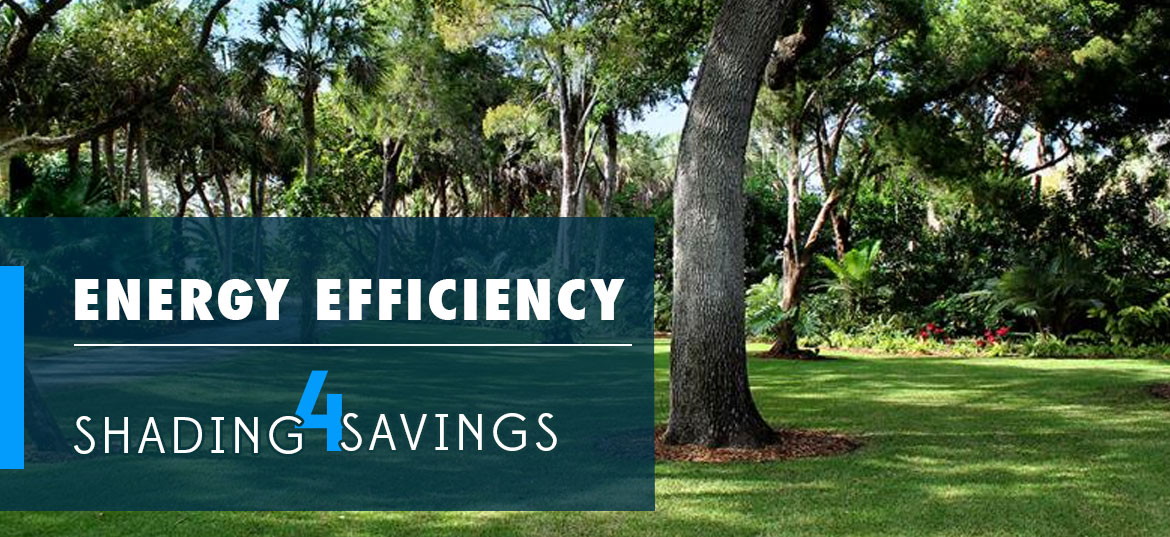
ENERGY EFFICIENCY: Shading for Savings
Summer is here and staying cool is a top priority. The sun’s rays make keeping your home cool difficult. Shading your windows can help reduce solar heat gain and save on energy consumption.
There are a number of good exterior options to choose from when attempting to block out the heat. Solar screens, installed on exterior frames, cover the entire window blocking the sun’s heat before it gets to the glass. Exterior shutters do the same but require manual opening and closing. Both provide a bit of privacy in addition to energy savings.

Awnings and trees are another good choice for window shading when placed on the east and west sides of your home. For added benefit, plant deciduous trees that lose their leaves in fall. You’ll want the heat from the sun to help warm your home in winter.
Interior window shading options include reflective film, shutters, and coverings such as drapes, blinds, or shades. Interior shutters and window coverings, although very effective at blocking the heat, will need to stay closed during the day – completely obstructing your view. Reflective film, on the other hand, reflects the sun’s rays without obstructing the view. Choose the option that is right for you.
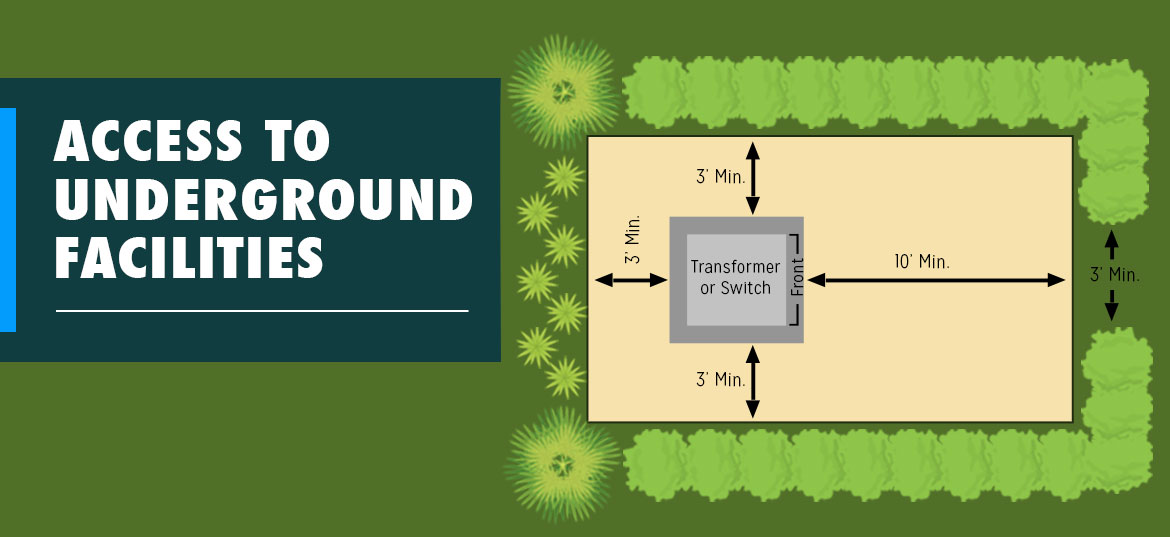
Access to Underground Facilities
SECO employees are currently out and about in the community inspecting padmount transformers (big green above-ground boxes). In order to quickly and safely restore power after an outage, our Operations employees need a clear path to access this equipment.
Landscape safely – keep fences and plants at least ten feet away from the front of the transformer and at least three feet away from the sides and rear of the transformer.
We are communicating proactively with members and asking them to relocate fences or plants that are obstructing transformers. If the obstructions are not cleared near the transformers, SECO will be forced to remove anything that blocks our access.
For more information about SECO Energy products and services, visit SECOEnergy.com.
